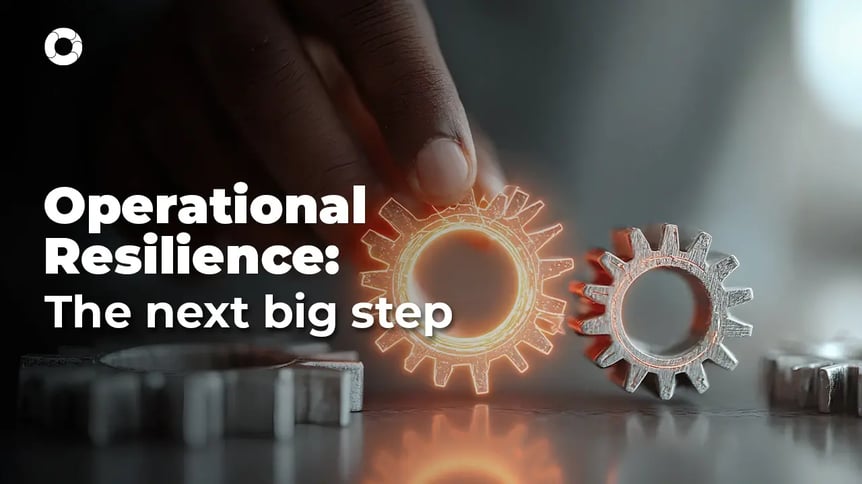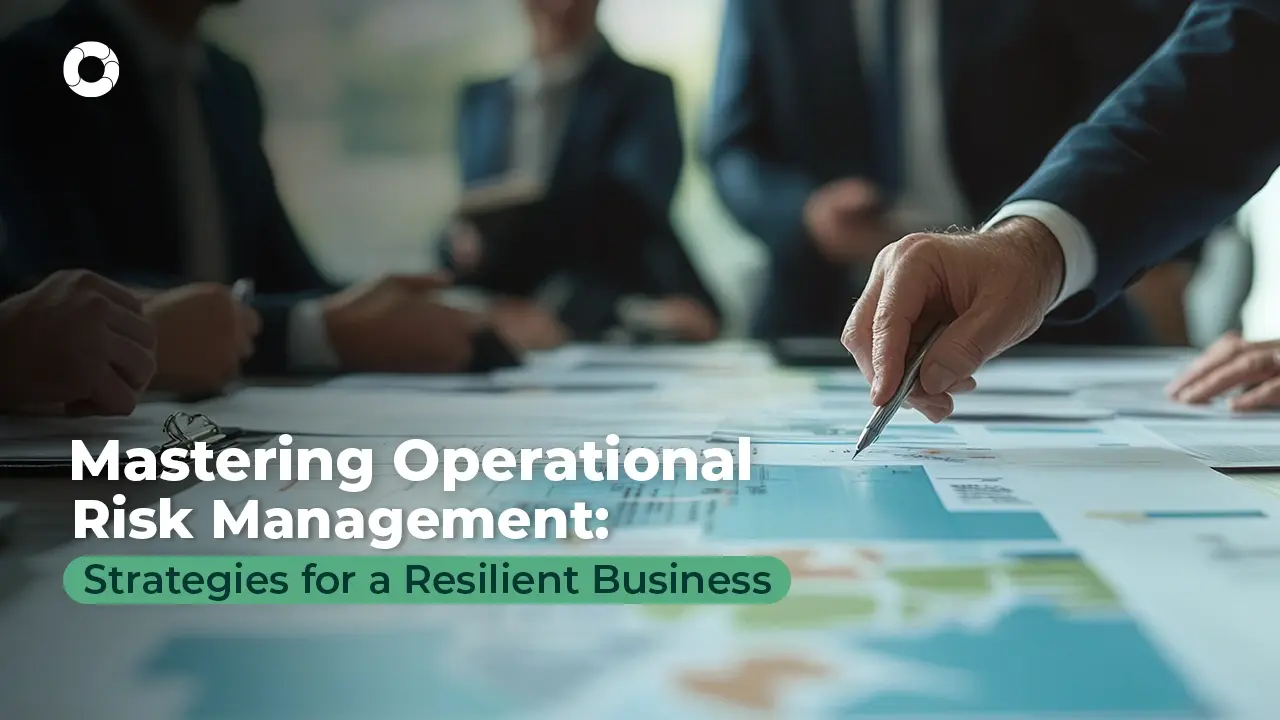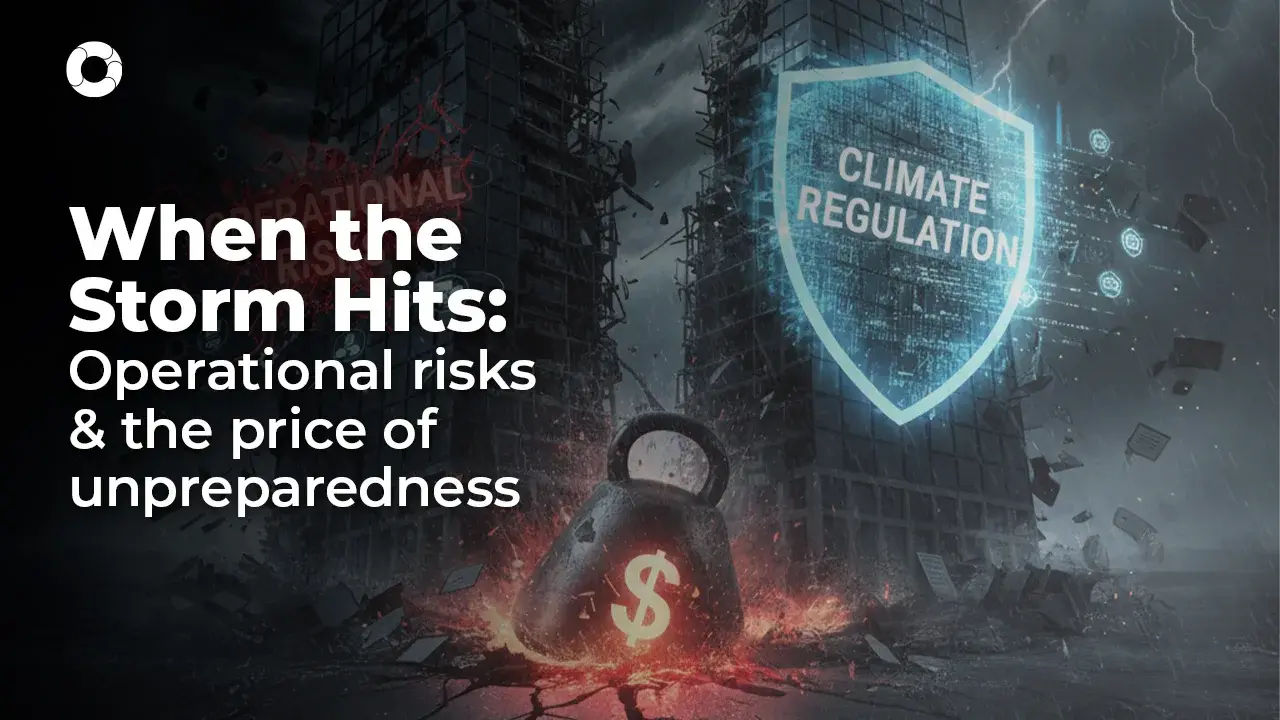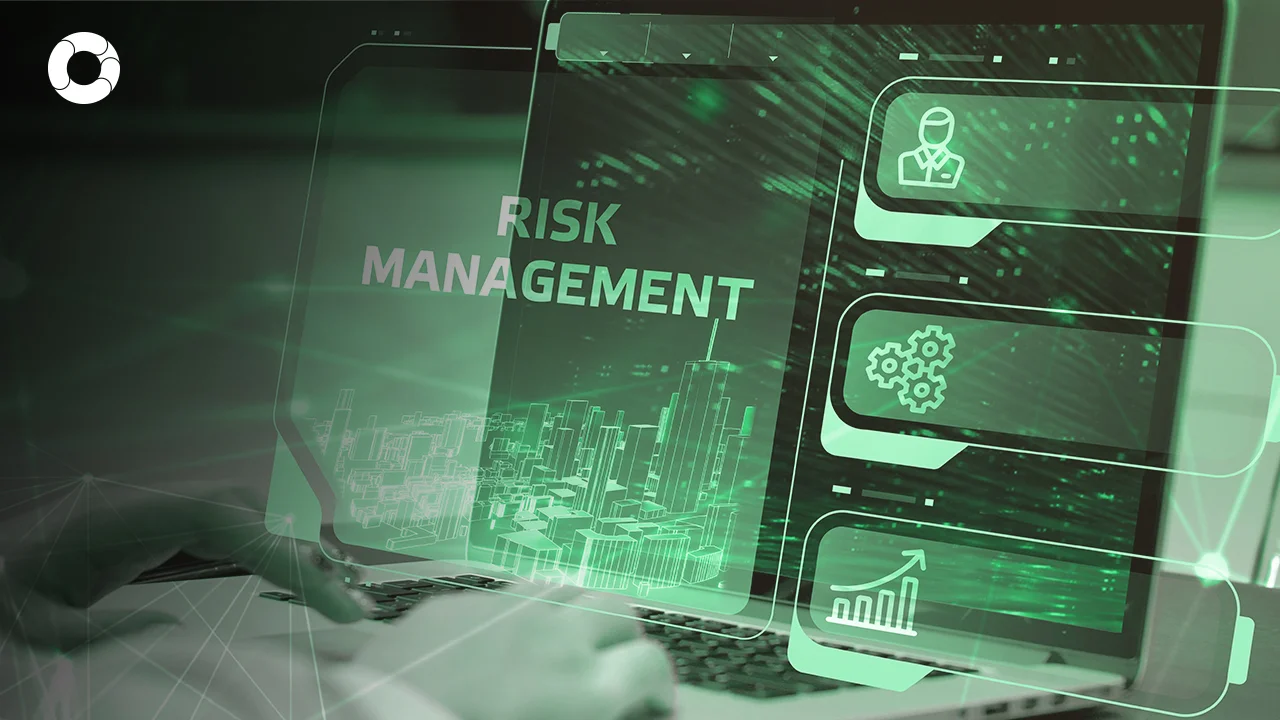Operational Resilience: The Next Frontier in Risk Management
Operational risk management (ORM) is evolving fast. After a decade dominated by compliance and incident response, regulators in the U.S. and Canada are shifting toward a new standard: operational resilience.
Resilience goes beyond identifying and mitigating risks—it’s about proving that an organization can continue delivering critical operations even under disruption.
From cyber incidents to third-party outages, recent events have shown that risk mitigation alone is not enough; resilience must be demonstrated, tested, and documented.
As the Office of the Comptroller of the Currency (OCC) states in its Cybersecurity and Financial System Resilience Report 2025, banks are now expected to “identify critical operations, map dependencies, set impact tolerances, and test their ability to recover” under realistic scenarios.

|
Content |
What regulators now expect
In the U.S., the OCC, Federal Reserve, and FFIEC have converged around one principle: resilience is the ultimate proof of operational soundness.
Institutions must:
- Identify critical operations and supporting assets.
- Define impact tolerances—the maximum acceptable disruption time.
- Conduct scenario testing to validate those tolerances.
- Maintain communication plans for internal and external stakeholders.
Canada has followed a similar path. The Office of the Superintendent of Financial Institutions (OSFI) introduced Guideline B-13: Technology and Cyber Risk Management—effective since January 2024—which sets clear expectations for resilience and dependency management across all federally regulated financial institutions. OSFI frames technology and cyber resilience as inseparable from operational risk, emphasizing governance, testing, and oversight of third-party services.
Operational resilience ≠ business continuity
A common misconception is that resilience is just a new label for continuity planning.
In reality, business continuity focuses on restoring services after a disruption, while operational resilience is about ensuring that those disruptions have limited impact in the first place.
According to the Basel Committee on Banking Supervision’s Principles for Operational Resilience (2021), the objective is to “build the ability to deliver critical operations through disruption.”
Resilience therefore requires a holistic view: critical business functions, technology assets, data flows, third-party providers, and people must all be mapped, interconnected, and stress-tested.
Embedding resilience into operational risk management
Operational resilience is not a standalone program—it’s the natural evolution of ORM.
The best-in-class organizations integrate resilience metrics and testing into their existing risk frameworks.
A practical approach includes:
- Mapping dependencies between processes, people, systems, and vendors.
- Setting impact tolerances (maximum downtime/impact thresholds).
- Running scenario tests—from cyberattacks to data-center failures or supply-chain outages.
- Recording incidents and lessons learned directly in the ORM system.
- Auditing controls and recovery plans with evidence of completion.
Deloitte calls this shift a strategic imperative: firms that embed resilience into ORM “gain not only regulatory readiness but also competitive agility,” since they can adapt faster to change.
As noted by Deloitte Global in Operational Resilience: The Cornerstone of Modern Organizations (2025), resilience is increasingly viewed as a business enabler rather than a compliance requirement. Organizations that embed resilience into their operational risk frameworks strengthen both their regulatory readiness and strategic adaptability, enabling them to respond faster to disruption and maintain stakeholder confidence.
Technology as the backbone of resilience
Proving resilience demands real-time visibility. Spreadsheets and static reports can’t show whether an organization can actually withstand disruption. Modern ORM platforms—like Pirani—help teams operationalize resilience by:
- Mapping critical operations and their interdependencies.
- Linking risks, controls, and continuity plans in one system.
- Tracking tests, incidents, and RTO/RPO performance.
- Providing audit trails to satisfy OCC or OSFI examiners.
This turns resilience from a compliance checkbox into a continuous capability—measurable, reportable, and improvable.
Lessons from recent disruptions
The major AWS outage of October 2025, which affected banking apps, airlines, and logistics platforms across North America, reinforced that operational resilience cannot rely on single-provider strategies.
Regulators now expect firms to demonstrate multi-region, multi-vendor architectures and recovery playbooks aligned with their declared tolerances.
Similarly, incidents like the Alaska Airlines IT failures (2025) and National Bank of Canada digital banking downtime (2025) underline the value of tested, traceable recovery processes. Each event revealed that operational resilience is not about avoiding disruption—but about proving control when it happens.
The Canadian lens: OSFI’s integrated model
OSFI’s latest guidelines—B-10 (Third-Party Risk) and B-13 (Technology and Cyber)—are reshaping how Canadian institutions view operational risk. They require a single, enterprise-wide model that integrates third-party oversight, technology governance, and resilience testing.
Capco summarizes this shift: “B-13 extends beyond cybersecurity—it establishes resilience as a measurable capability across technology and operations.” For global organizations operating in both markets, aligning OCC and OSFI expectations under one ORM framework is now a regulatory advantage.
Operational resilience is no longer a buzzword—it’s the regulator’s benchmark for operational soundness. Institutions that can map their critical processes, define impact tolerances, and test their responses are demonstrating a higher level of risk maturity.
Technology plays a decisive role. With platforms like Pirani, organizations can move from fragmented documentation to a living, evidence-based ORM ecosystem that proves resilience before, during, and after disruption.
The next era of risk management won’t be judged by how few incidents you have, but by how fast and transparently you recover.
To learn more about how to design and implement an operational resilience framework, download our free eBook: Operational Resilience and How to Achieve It in Your Organization
FAQ
- What is operational resilience?
It’s the ability of an organization to deliver critical operations through disruption, integrating risk, continuity, and recovery practices. - How is it different from business continuity?
Continuity focuses on recovery; resilience focuses on prevention, adaptability, and real-time response. - Which regulations apply in the U.S. and Canada?
The OCC’s Cybersecurity and Financial System Resilience Report 2025 and OSFI’s Guideline B-13 are current references. - How can ORM systems support resilience?
By linking risks, controls, incidents, and recovery tests under one framework, providing traceability and audit evidence. - Why is resilience now a regulatory priority?
Because systemic disruptions (cloud outages, cyberattacks, vendor failures) threaten financial stability, not just individual firms.
Want to learn more about risk management? You may be interested in this content 👇
You May Also Like
These Related Stories

Operational Lessons from the 2025 AWS Outage

Operational Resilience: The new language of risk management

Mastering Operational Risk for Business Resilience

Turning Regulatory Change into an Operational Advantage

When the Storm Hits: Managing Operational and Climate Risks Effectively



No Comments Yet
Let us know what you think